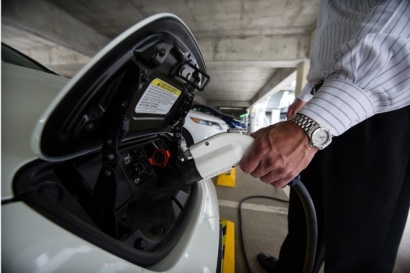
The Facility evolves out of a World Bank report “The Growing Role of Minerals and Metals for a Low-Carbon Future” which found that a low-carbon future will be significantly more mineral intensive than a business as usual scenario. Global demand for “strategic minerals” such as lithium, graphite and nickel will skyrocket by 965 percent, 383 percent and 108 percent respectively by 2050.
The World Bank’s updated 2018 projections are based upon the assumption that countries will implement the Paris Agreement and reduce emissions to keep global warming below 2 degrees. In a 1.5 degree scenario, global demand for strategic minerals would increase even more by 2050.
While the growing demand for minerals and metals offers an opportunity for mineral-rich developing countries, it also represents a challenge: without climate-smart mining practices, the negative impacts from mining activities will increase, affecting vulnerable communities and environment.
The multi-donor trust fund will work with developing countries and emerging economies to implement sustainable and responsible strategies and practices across the mineral value chain. Partners include the German government and private sector companies, Rio Tinto and Anglo American. The facility will also assist governments to build a robust policy, regulatory and legal framework that promotes climate-smart mining and creates an enabling environment for private capital.
Projects may include:
The World Bank is targeting a total investment of $50 million, to be deployed over a 5-year timeframe. The facility will focus on activities around four core themes: climate change mitigation; climate change adaptation; reducing material impacts and creating market opportunities, contributing to the decarbonization and reduction of material impacts along the supply chain of critical minerals needed for clean energy technologies.

